SUMMER 2025 Schedule *Coming Soon!*
Registration for summer and fall opens April 7th at 2:00 pm for current students and Thursday, April 14th at 2:00pm for new students!
Return students please remember our Summer Attendance Policy:
-
- Taking more than a couple weeks off can very negatively affect a dancer’s training. It takes dancers DOUBLE the time they missed to “catch up” to their peers.
- Rising/current Level 2-6 dancers are considered “year round” students and are required to enroll in Summer classes (same as what they take during Fall/Spring) and attend at least 7 weeks of our 10 week Summer session.
- Failure to attend summer session could result in dancers not moving up to the next level or losing the privilege to work en pointe; as well as participating in “extra performances” during the season.
- Training at this level requires dedication to avoid injuries that could be life-long. We value our dancer’s health, safety, and commitment to their training; and while we cannot make exceptions to this policy. In the event of injury, dancers are expected to attend class and take notes/participate to the extent they are able. If your dancer experiences an emergency during the summer, please contact our director ASAP.
NEW! Dance Team Choreography Camps
Dancers in Levels 2 (“Beginner” classes) and up are invited to participate in our NEW Dance Team Choreography Camps!
Camp will meet all Summer (June and July) and will perform at the Greensboro Grasshopper Stadium on 7/27. 1 ticket for the dancer and 1 themed t-shirt will be included in Camp tuition! Additional tickets and shirts can be purchased separately.
Requirements: Dancers must be enrolled in at least one other technique class for the summer session and will only be permitted to miss 1 week/rehearsal due to the short amount of time we have. At least one parent/guardian must attend with each dancer.
To participate, please sign up for the “Dance Team Choreography Camp” when you register for summer classes (there will be an option to select on the registration form).
Please be aware: By filling out the “Registration Form,” you are committing to the classes you select as well the Registration fee and all class fees. If you would like more information or have questions you’d like to discuss before registering, please call or email us first–we are happy to help prior to you completing your registration form! It takes quite a bit of time to set up student accounts in our system each year; we appreciate your understanding!
Class Placement: Please note that Class Placement for ages 7.5+ is first based on dancer’s level of ability. Age is a factor, but each dancer is special and unique and we strive to place them in the level that they fit best. Dancers over age 8 may be asked to attend a placement class so we can assess which class is best for them!
Please contact us prior to registering if you have questions regarding your future student’s placement.
Summer 2025: June 2nd-August 14th (Closed July 4th week)
- Creative Movement: Designed specifically for boys and girls aged 2.5-4; we introduce basics of dance and teach valuable skills while we explore both free and structured movement. Dancers will learn how to take turns, encourage other students, and follow directions. Rhythm, counting, and basic ballet technique is introduced. (More info here)
- Foundations: Introductory level class that creates a strong technical foundation for young dancers aged 4.5-5.5! Foundations will prepare dancers for the next level by introducing proper ballet and tap technique as well as encourage them to explore their own creativity. (More info here)
- Tiny Tumblers: Tiny Tumblers is open to ages 3.5-5; we will explore basic concepts of acro/gymnastics as well as some fundamentals of Modern dance! It will definitely be an action-packed 30 minutes!
- Level 1 (BTJ1 & Intro to Acro): Beginner level for ages 5.5-7. Dancers in level 1 are introduced to a more traditionally structured class. Ballet warm up is completed in the center followed by across the floor, petit allegro, stretching, some basic jazz technique, and tap technique. Throughout class, follow-along and guided movement exercises (or “games”) are performed to encourage dancers to explore their own creativity as well as experience the freedom of creating their own movement (this aides in critical thinking and problem solving, too!). Dancers who complete level 1 will have a proper understanding of basic ballet, jazz, and tap terminology as well as correct body placement so they are ready to participate in beginner level classes.
- Level 2: Beginner level for ages 7.5-10(ish). New students older than 7 are placed here. Dancers learn the importance of correct technique and begin to understand and practice concepts like alignment and controlled movement. Combinations are straightforward so dancers may focus on correct placement and alignment.
- Level 3: High beginner/low intermediate level for ages 9-11(ish). Dancers in level 3 should have at least 1 year experience and have shown they understand and can display correct technique. They should be able to perform a bit more complex combinations without sacrificing alignment or correct technique.
- Level 4: Intermediate level for ages 10-12(ish). Dancers in level 4 should have at least 2-3 years experience and consistently exhibit correct technique, control, and coordination. Class combinations become more complex and dancers are encouraged to explore their own artistry in greater depth.
- Level 5: High intermediate/low advanced level for ages 11-Teen. Dancers in level 5 should be able to perform complex combinations without sacrificing correct technique, control, and artistry. Advanced steps and ideas are introduced. Pointe work is introduced as dancers become strong enough.
- Level 6: Advanced level for ages 13-Teen. Dancers in level 6 consistently show they understand and can perform correct technique. Dancers learn complex/advanced steps and combinations and can execute these combinations without sacrificing technique, control, and artistry.
